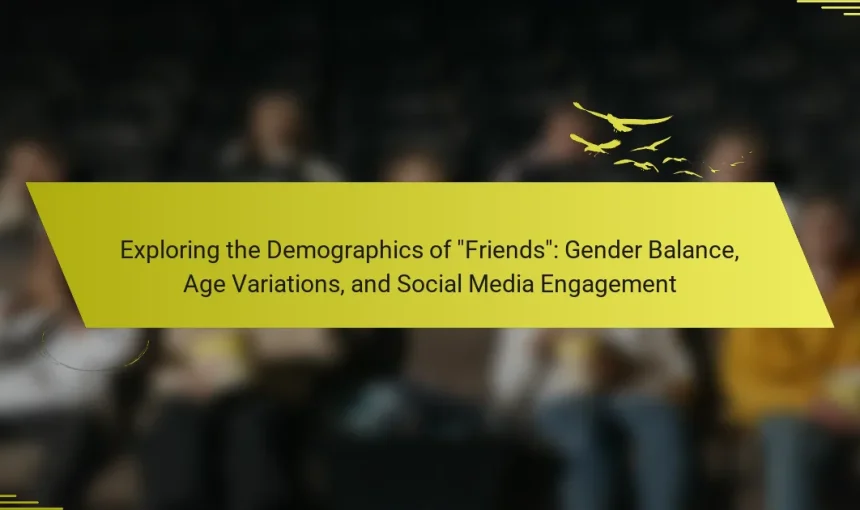Directorial styles are the distinct approaches and techniques that television directors use to express their creative vision, significantly impacting storytelling, pacing, and the overall aesthetic of a series. This article explores various directorial styles, including auteur, collaborative, and episodic direction, and their influence on viewer engagement and show success. Key factors such as a director’s […]
Buffy Summers is the central character in the television series Buffy the Vampire Slayer, embodying the archetype of the “Chosen One” who combats evil forces. The article explores her character development, highlighting key themes such as strength, sacrifice, and friendship. Buffy’s combat skills and emotional resilience are examined, along with her selfless acts to protect […]
Teen dramas significantly influence youth culture by shaping identities, social norms, and behaviors. These shows often feature relatable characters, represented through common archetypes such as the hero, the rebel, the nerd, and the popular kid, which help to simplify complex social interactions. Themes such as mental health, identity, and peer pressure are prevalent, with series […]
The article explores the demographics of the television show “Friends,” focusing on gender balance, age variations, and social media engagement among its viewers. Key findings indicate that the primary audience consists of individuals aged 18 to 34, with a slight female majority at 55%. The show attracts a diverse demographic, including various ethnic backgrounds, and […]
‘Money Heist’ is a Spanish television series that has had a profound impact on global television and popular culture. The show has popularized Spanish-language content, leading to adaptations in various countries, such as South Korea and Italy, while maintaining core plot elements and infusing cultural specificity. Its unique narrative structure and character development have set […]
The article examines the audience demographics of “The Mandalorian,” a popular series within the Star Wars franchise. It highlights that viewers predominantly fall within the 18 to 49 age range, with a gender distribution of 55% male and 45% female, indicating a balanced viewership. The article discusses the show’s appeal to both long-time Star Wars […]
Animated series are television programs that utilize animation as their primary medium, merging visual art with storytelling to engage a wide range of audiences. These series cater to various age groups, often addressing complex themes and social issues while reflecting cultural values and societal norms. The content of animated series is heavily influenced by target […]
Anthology series are a format in television and film that feature distinct stories and casts for each episode or season, allowing for a wide range of storytelling and thematic exploration. This article examines the unique storytelling methods of anthology series, highlighting notable examples such as “The Twilight Zone,” “Black Mirror,” and “Fargo.” It also addresses […]
Visual effects (VFX) play a critical role in enhancing the production quality of television shows. By creating immersive environments and enabling the depiction of imaginative concepts, VFX significantly improve storytelling capabilities beyond what practical effects can achieve. High-quality visual effects not only elevate the visual appeal of a show but also correlate with higher audience […]
The article explores the cultural significance of the television series ‘The Office,’ focusing on its portrayal of modern workplace dynamics and humor styles. It examines how the show reflects the absurdities of office life through relatable characters that embody various workplace archetypes. The mockumentary format introduced by ‘The Office’ has influenced subsequent comedies and sparked […]









